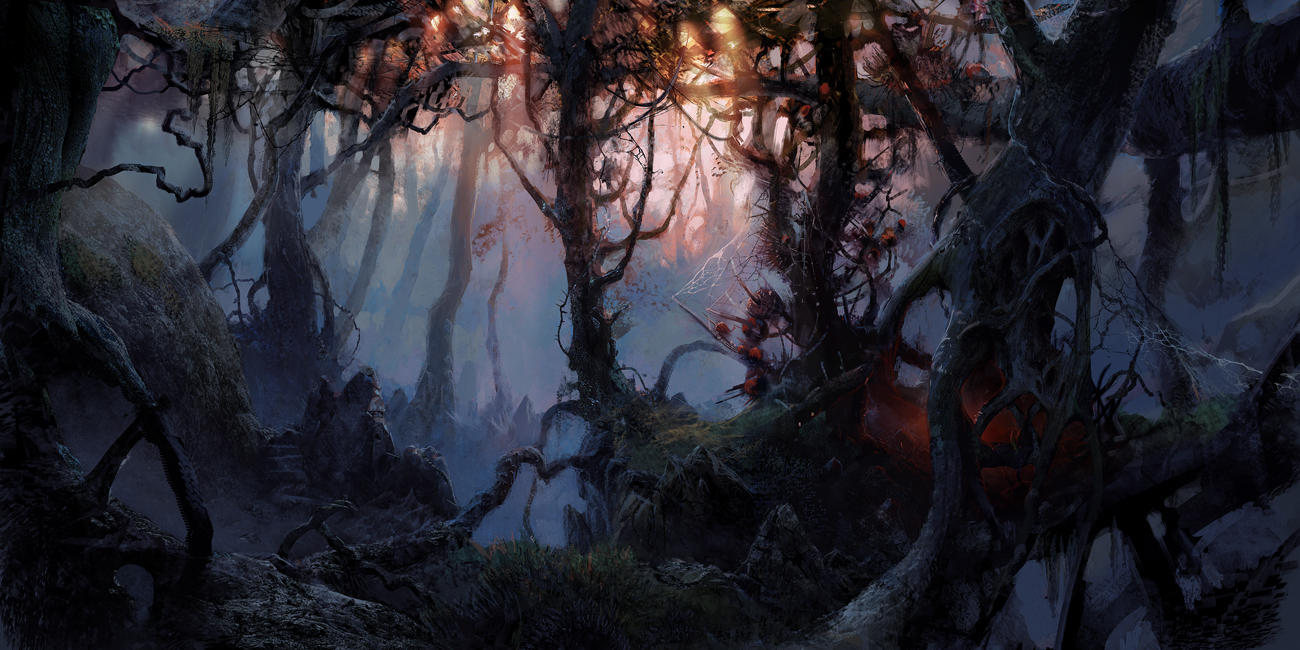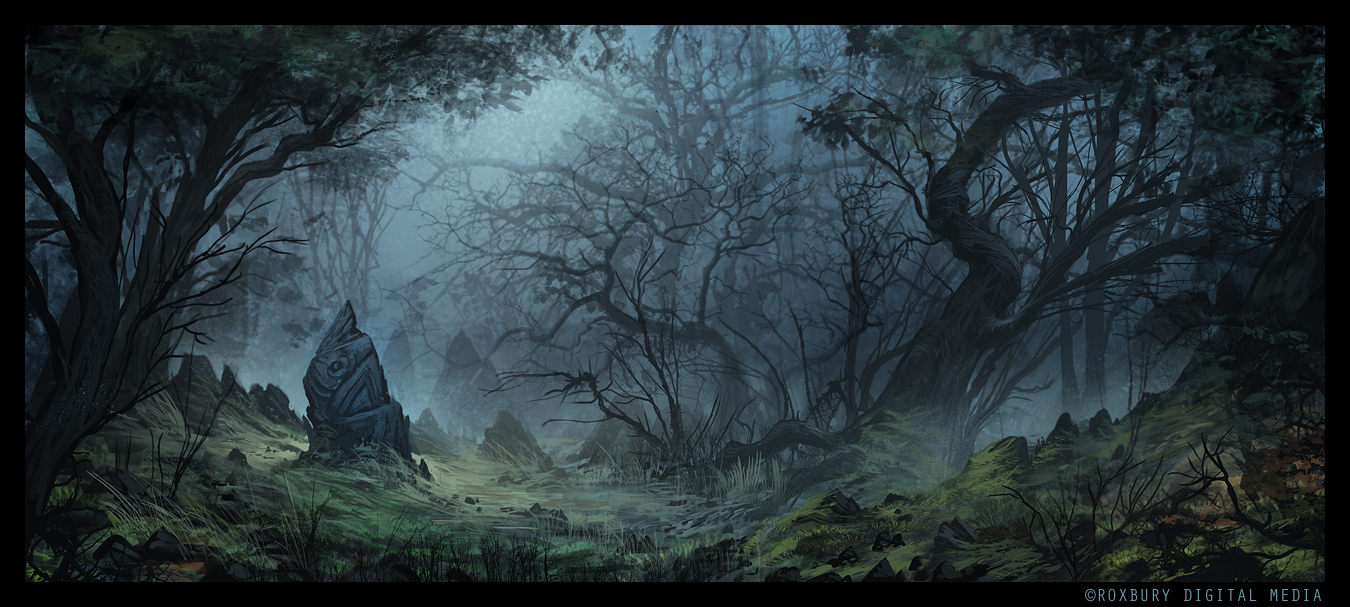The Black March
Abandon all hope, ye who enter here...
The Taken of The Void
Flora and fauna that originates in Melancholia, though it is not known by anyone in the world at the time of Expedition Demeter's departure, are The Taken Of The Void. The Taken are mutated by a form of Melancholia's physical presence. There are Fountains of Woe littered throughout that spew forth a viscous black ichor. It infects all biological matter it touches. Infection not only leads to the eventual death, but mutates the body. This makes one ideal for use by unseen forces within the void.
The taken are resilient but mindless without the influence of their unseen master. Each member of the taken is unique and it is impossible to classify taken with the world's current form of taxonomy. The only common factors include horrific appearances, a constant growth and release of Melancholia spores designed to further spread the malady to new regions, and a perseverance that allows the entities to shrug off even the most crippling of wounds.
The taken are resilient but mindless without the influence of their unseen master. Each member of the taken is unique and it is impossible to classify taken with the world's current form of taxonomy. The only common factors include horrific appearances, a constant growth and release of Melancholia spores designed to further spread the malady to new regions, and a perseverance that allows the entities to shrug off even the most crippling of wounds.
A land of death
The black March is often referred to as a dying land. This is primarily due to the fact that undead creatures exist in great abundance within its borders. To die within The March is a terrible fate. If Melancholia or its many manifestations don't kill you, the people living within seldom offer a better death.
There are a select few who chose to live in these horrid places. The Black March is free from the prying eyes of governments and the troublesome forces of the law.
There are a select few who chose to live in these horrid places. The Black March is free from the prying eyes of governments and the troublesome forces of the law.




Ominous. Your cover image is particularly fitting!
Necromancy is a Wholesome Science.